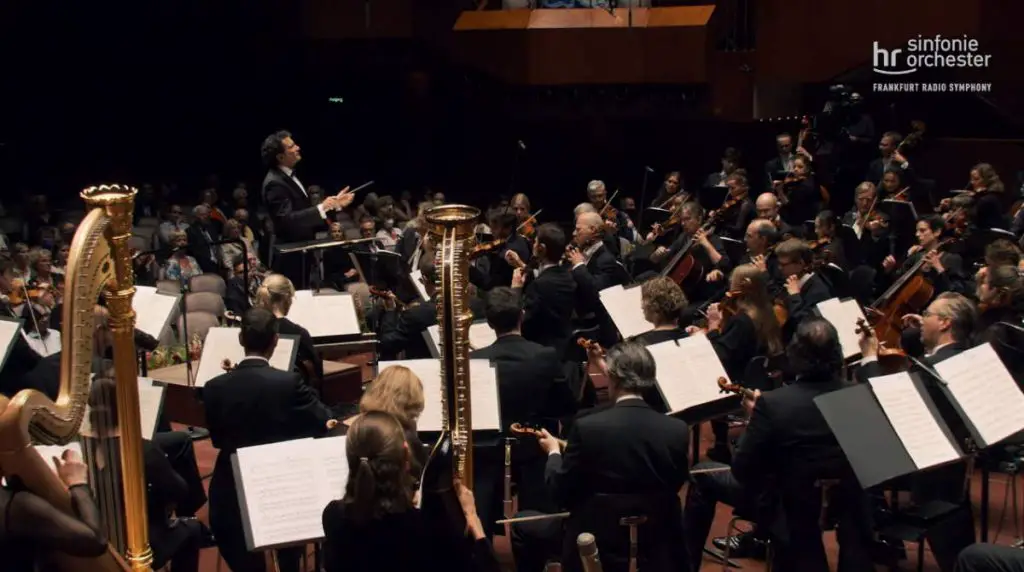Conducted by Alondra de la Parra, the WDR Sinfonieorchester Köln (WDR Symphony Orchestra Cologne) performs Maurice Ravel’s Boléro, a one-movement orchestral piece, originally composed as a ballet commissioned by Russian actress and dancer Ida Rubinstein (1885-1960). This performance was recorded on January 27, 2022, at the Kölner Philharmonie.
Maurice Ravel’s Boléro
Maurice Ravel’s early inclination towards a career in music was strongly encouraged by his parents. At the age of 13, he began receiving lessons at a private music school and continued his studies diligently. However, Ravel faced a significant setback when he failed his intermediate exam and had to leave the master class. Despite this early disappointment, Ravel went on to compose “Boléro,” one of the most renowned and frequently performed pieces of music in the world.
Ravel approached the creation of “Boléro” with meticulous care and attention to detail, a characteristic that earned him the nickname “the Swiss watchmaker” among composers. He was known to take considerable time to complete his works, ensuring their complexity and precision.
Regarding his orchestral work “Boléro” – eponymous with the dance genre – Maurice Ravel commented one day, with a touch of irony, “My masterpiece? The Boléro, of course. It’s just a pity that it contains no music at all.”
The orchestral work “Boléro” is named after the dance genre and is instantly recognizable by its constant, ostinato rhythm introduced by the snare drum in pianissimo. This rhythmic foundation underpins the entire piece, accompanying two 16-bar melodies (melody A and melody B) that are repeated eighteen times. These melodies are presented initially as solos and then by various sections of the orchestra in unison, following an AA BB structure until the final two repetitions. In the climactic moment of the piece, melodies A and B follow each other without doubling.
The brilliance of the piece lies not in the variation of the melodies themselves, but in the inventive shaping of the instrumentation. Each repetition brings a new timbre, contributing to a majestic crescendo that builds throughout the composition until its powerful conclusion. This ingenious use of orchestration and dynamic progression showcases Ravel’s exceptional skill and innovative approach to composition, solidifying “Boléro” as a timeless and captivating work.
Sources
- The Story Of Ravel’s Boléro on the Classic FM website
- Boléro, Work by Ravel on the Encyclopedia Britannica website
